Using mole paste is simpler than you think. Whether you're making traditional Mexican dishes or experimenting with new recipes, mole paste can be a game-changer. Here's exactly how to use it:
- Start with 1-2 tablespoons of mole paste per cup of liquid (broth, water, or coconut milk)
- Stir until smooth and heat gently
- Adjust to taste - add more paste for stronger flavor, or more liquid to thin it out
- Use in tacos, soups, sauces, or even desserts
This guide will walk you through the most practical ways to use mole paste, with step-by-step instructions and expert tips.
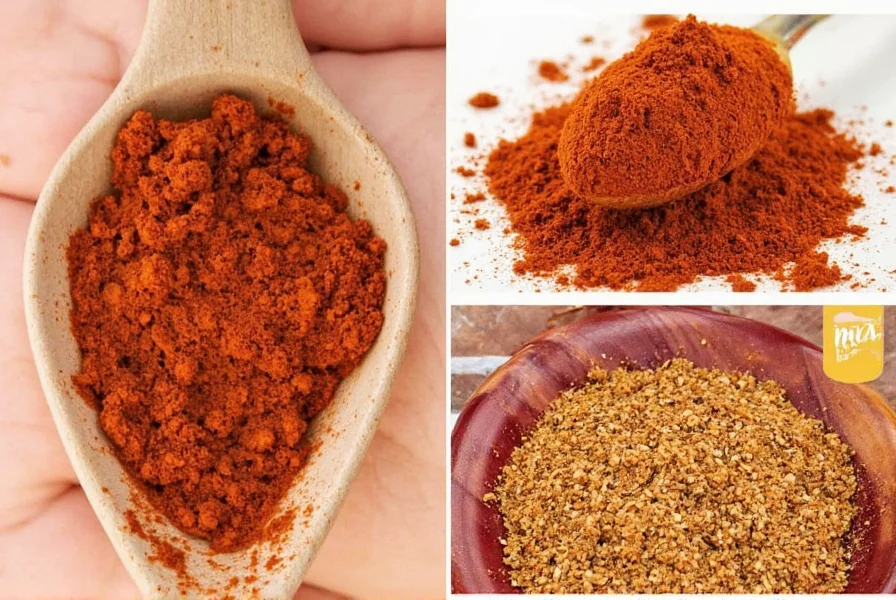
What Exactly Is Mole Paste?
Mole paste is a concentrated blend of chili peppers, chocolate, nuts, seeds, spices, and sometimes fruit. It's the base for mole sauce, which needs to be diluted with liquid to achieve the right consistency. Commercial mole paste simplifies the traditional labor-intensive process, making it easy to incorporate into modern cooking.
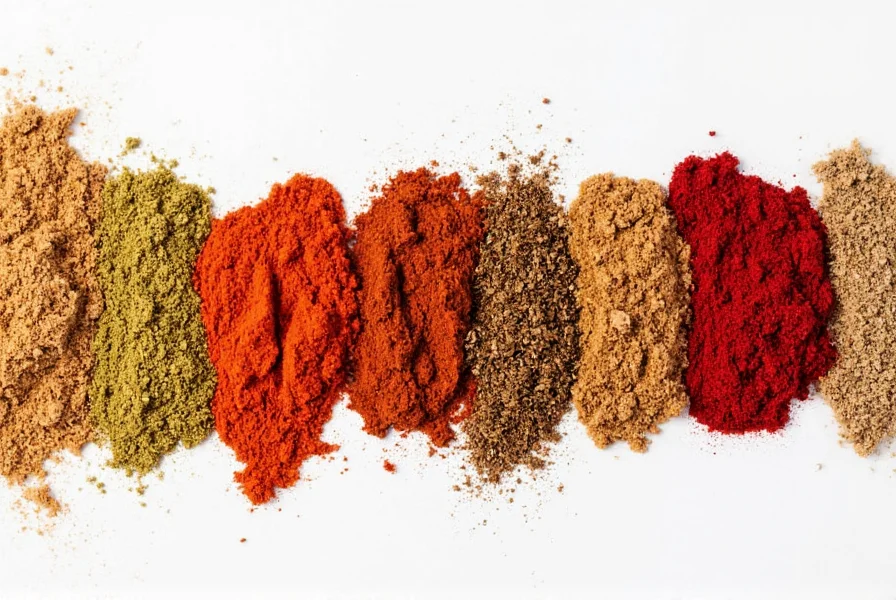
Why You Should Care About Mole Paste
Here's why mole paste is worth trying:
- Flavor intensity: A little goes a long way, adding depth to any dish
- Versatility: Use it in sauces, marinades, dressings, or desserts
- Time-saving: Skip multi-step sauce prep; just stir and simmer
- Unique taste: Stand out from basic condiments with a rich Mexican flavor
10 Practical Ways to Use Mole Paste
1. Stir Into Soups and Stews
Add 1-2 tablespoons of mole paste to 4 cups of tomato-based soup or lentil stew. Simmer for 10-15 minutes to allow flavors to meld. For richer texture, add a splash of cream or coconut milk. Perfect for beans, squash, and root vegetables.
2. Upgrade Your Tacos
Spread 1 tablespoon of diluted mole paste (mixed with 2 tablespoons of water) on warm tortillas before adding fillings. Works best with grilled chicken, pulled pork, or roasted veggies. Top with fresh cilantro and lime wedges.
3. Make Killer Enchilada Sauce
Mix 3 tablespoons mole paste with 1 cup chicken broth and 2 tablespoons coconut milk. Pour over enchiladas before baking. Top with cheese and bake until bubbly (20-25 minutes at 375°F).
4. Stir Into Gravy
Add 1 teaspoon mole paste to 1 cup turkey or mushroom gravy. Simmer for 5 minutes to develop complex umami notes. Ideal for holiday meals or Sunday roasts.
5. Whisk Into Salad Dressings
Combine 1 teaspoon mole paste with 3 tablespoons olive oil, 1 tablespoon apple cider vinegar, 1 teaspoon honey, and lime juice. Perfect for kale salads, avocado bowls, or grain-based dishes.
6. Marinate Meats
Mix 2 tablespoons mole paste with 1/4 cup orange juice, 1 minced garlic clove, and 1 tablespoon vinegar. Coat chicken, beef, or tofu and marinate for at least 1 hour before grilling or roasting.
7. Swirl Into Hummus or Bean Dips
Blend 1 tablespoon mole paste into 1 cup store-bought or homemade hummus. Add 1 teaspoon tahini for creaminess. Serve with crudités or warm pita for a unique flavor twist.
8. Add to Baked Sweet Potato Fries
Mix 1 tablespoon mole paste with 1 tablespoon olive oil and a pinch of cinnamon. Brush over sweet potato wedges before baking at 400°F for 25 minutes. Creates a sweet-smoky side dish.
9. Drizzle Over Pizza
After baking, drizzle 1-2 tablespoons of thinned mole paste (mixed with 1 tablespoon water) over pizza with goat cheese, figs, chorizo, or arugula. Adds unexpected depth and visual appeal.
10. Surprise Dessert Ingredient
Add 1 teaspoon mole paste to brownie or chocolate cake batter. Pair with 1/2 teaspoon espresso powder for a mocha-meets-Mexico vibe. Bake as usual for rich, complex desserts.
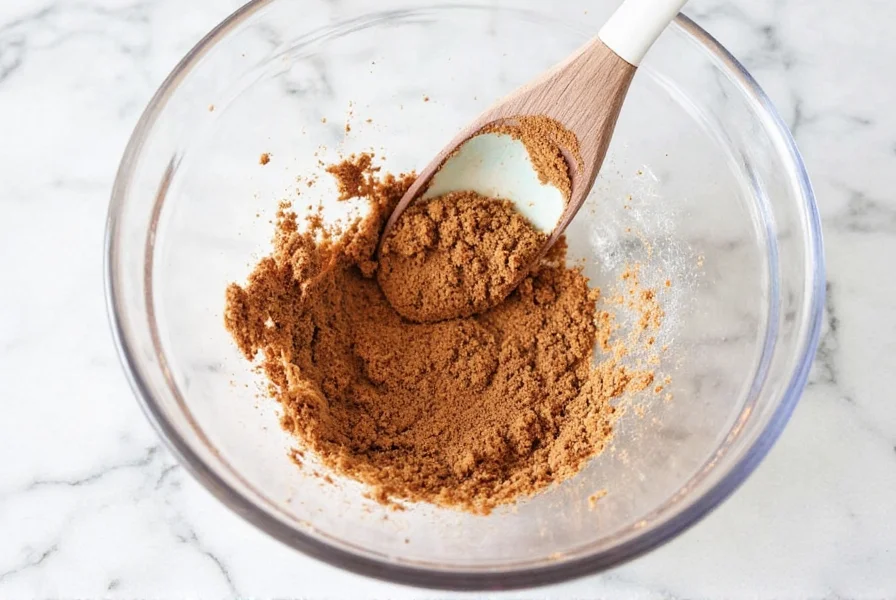
Storage Secrets: How to Keep It Fresh
| Form | Shelf Life (Unopened) | Storage Method (Opened) | Best Practices |
|---|---|---|---|
| Jarred Paste | 1–2 years | Refrigerate after opening | Seal tightly; use clean utensils |
| Dried Powder | 6–12 months | Store in cool, dark place | Keep dry; avoid moisture |
| Homemade Paste | 1–2 weeks | Freeze in portions | Use ice cube trays for single servings |

Buying Guide: What to Look For
Popular Brands and Their Features
| Brand | Type | Key Ingredients | Best For | Price Range |
|---|---|---|---|---|
| Dona Maria | Mole Negro | Chiles, chocolate, almonds, sesame | Traditional mole dishes | $$$ |
| La Costeña | Mole Verde | Tomatillo, green chiles, pumpkin seeds | Lighter, herby flavors | $$ |
| Rancho Gordo | Red Mole | Guajillo chiles, peanuts, spices | Easy-to-use, balanced flavor | $$ |
| Masienda | Pure Mole | Single-origin ingredients | Foodies & gourmet cooking | $$$ |
Things to Check Before Buying
- Ingredients List: Fewer additives = better quality. Look for recognizable whole foods.
- Heat Level: Some pastes are spicier than others. Check labels for Scoville units or spice notes.
- Consistency: Thicker is more concentrated; ideal for sauces. Thinner is good for mixing into batters or dressings.
- Authenticity: Go for brands that highlight their heritage or source from Mexico directly.
Frequently Asked Questions
What is mole paste exactly and how is it different from mole sauce?
Mole paste is a concentrated blend of ingredients including chili peppers, chocolate, nuts, seeds, spices, and sometimes fruits. It's the base product that you dilute with liquid (like broth, water, or coconut milk) to create mole sauce. Think of it like tomato paste versus tomato sauce - the paste is highly concentrated and needs to be thinned to achieve the proper sauce consistency.
How much mole paste should I use when cooking?
Start with 2-3 tablespoons of mole paste per cup of liquid. Mole paste is highly concentrated, so a little goes a long way. You can always add more, but you can't take it out once it's in! Taste as you go and adjust to your preference. For dressings or marinades where mole paste is just one component, start with 1-2 teaspoons.
Is mole paste spicy? Can I make it less spicy?
Traditional mole paste has a complex flavor profile with some heat, but it's not necessarily "spicy hot." The heat level varies by brand and type (mole negro tends to be milder than some others). To reduce heat, add a bit more chocolate, a touch of sugar, or dairy like coconut milk. Remember that mole's flavor is about balance - the sweetness from chocolate and spices should complement any heat from chilies.
Can I use mole paste without making traditional Mexican dishes?
Absolutely! That's one of the best things about mole paste - its versatility. You can use it in soups, stews, salad dressings, marinades for meats, pizza toppings, even desserts. Many chefs use mole paste as a flavor enhancer in non-traditional dishes because of its complex umami and depth. The ideas in this article show just how adaptable it can be across different cuisines.
How do I properly thin mole paste for different uses?
The best liquid to use depends on what you're making. For traditional dishes, use chicken or vegetable broth. For creamier sauces, try coconut milk. For dressings or marinades, water or citrus juice works well. Always add liquid gradually while whisking until you reach your desired consistency. For a smooth sauce, blend the mixture after thinning.
Why does my mole sauce taste bitter?
Bitterness can come from several sources: too much chocolate (especially if it's high-cacao), over-toasted spices, or certain chilies. To fix bitter mole, try adding a small amount of honey, sugar, or even a touch of fruit like pineapple or plantain. Acid (like lime juice) can also help balance bitterness. Remember to always taste and adjust as you cook.
Final Thoughts & Tips
So there you have it — mole paste isn't just for holidays or fancy dinner parties. With a few clever tricks up your sleeve, you can turn this flavorful staple into a daily go-to ingredient.
Whether you're jazzing up weeknight dinners, spicing up your dips, or even sneaking it into dessert, mole paste has earned its spot in every adventurous kitchen.
Pro Tip: Start small. Mole paste is powerful, and a little really does go a long way. Taste as you go and adjust to your liking.
Now go forth and mole-ify your life!
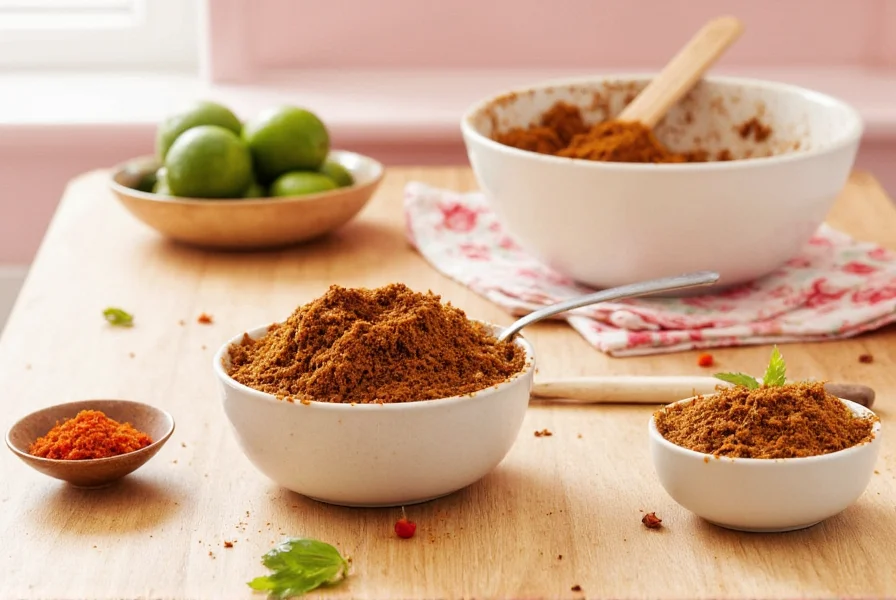

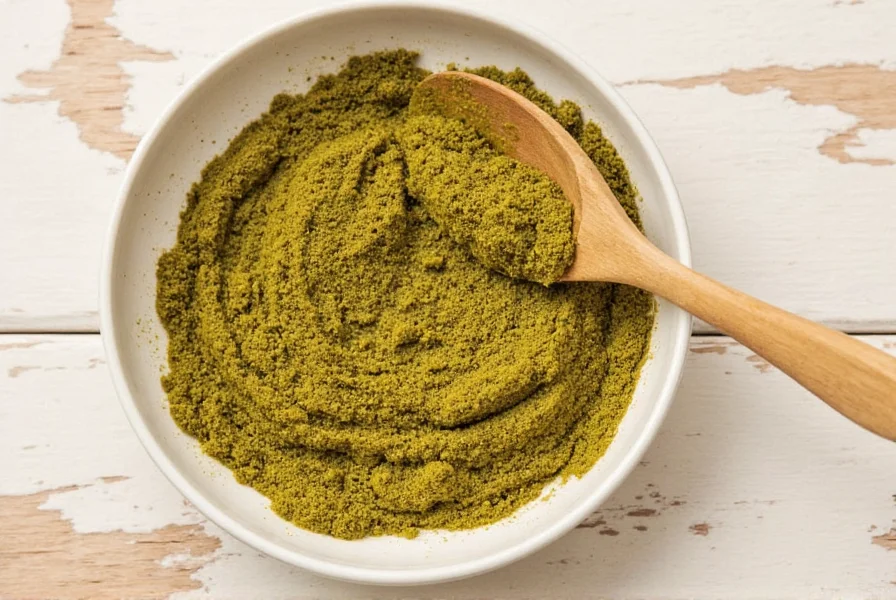









 浙公网安备
33010002000092号
浙公网安备
33010002000092号 浙B2-20120091-4
浙B2-20120091-4